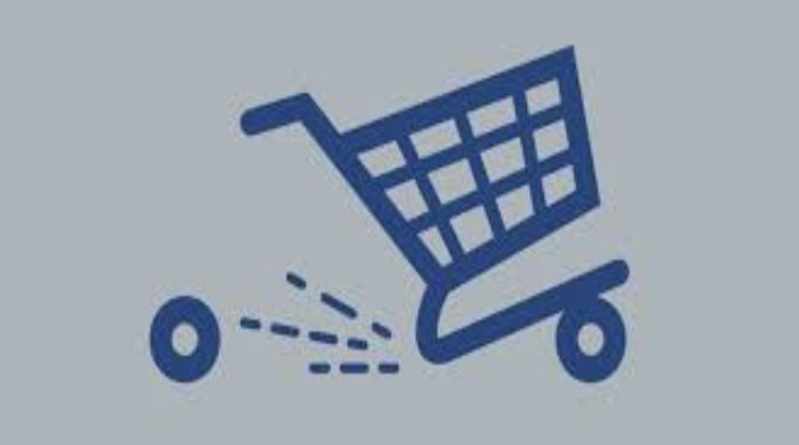10 Reasons Ecommerce Sites Fail
Ecommerce offers fantastic revenue opportunities, the ability to be open 24/7 and traditionally fewer overheads when compared to bricks and mortar retailing. Yet, despite the fact that more than 12 million Australian consumers shop online — and we are experiencing year-over-year double digit growth in online shopping — a huge number of ecommerce businesses are struggling to be profitable, or in many cases, survive.
If you own an ecommerce store, or are planning on building one, here are 10 crucial items to be aware of that will have a significant impact on the success or failure of your business.
1. Poor quality images and product descriptions.
When shopping online, customers are unable to pick up a product and take a good look at it. Instead, they rely on the images your store provides, along with matching descriptions. If you have poor quality photos or offer limited descriptions, you’ll almost definitely lose sales.
Always offer photos that display the product from multiple views, using only high quality images, and be sure to include unique detailed descriptions. Don’t use generic product descriptions from the supplier. Don’t rely solely on price. Entice visitors with great imagery and product detail.
2. Missing contact information.
It seems like a small issue, doesn’t it? But not displaying full contact information, or trying to bury it deep in the site, is a major trust barrier for potential customers. Before they buy, they will look for this information, as they want peace of mind that if they need to contact you, they can. If you refuse to show location and contact information — including a phone number — you are going to have a hard time establishing trust with potential customers.
3. Complicated checkout.
Amazon pioneered the simple purchase process. And when they did, it revolutionized ecommerce. Consumers were begging for simpler checkout methods with fewer steps. A complex, multi-step checkout process is a frustrating experience for customers, and they’ll likely give up before completion.
Avoid frustration by offering a very short checkout process. Also, don’t require registration for checkout. Let customers go through the process and choose the option to register and save their details at the end, in case they want to come back. Otherwise let them checkout as a guest, without the need to register.
4. Hidden fees.
This is a big one. Cart abandonment is high as a result of this issue. Shipping rates should be shared upfront, at product selection. Hiding them until the very end is guaranteed to anger the buyer. Provide your customers with a shipping calculator that works based on the items they’re interested in and their postal code. This is technically easy to achieve, and there’s no excuse to not offer this.
5. Big screen, small screen.
We’re a society moving more and more to mobile. This is especially true for ecommerce. If your online store hasn’t been properly designed for mobile, you will be offering clutter, poor navigation options and an incredibly difficult user experience for mobile users. Make sure your site is mobile responsive.
6. Customers don’t know what to do.
Even with an ecommerce website, you need to make it very clear what you want the customer to do on your site. Non-product pages should direct the customer using a blatant and obvious call to action. The most successful ecommerce sites tell customers exactly what to do. Never leave customers to guess what the next step is. It is about guiding the user through your site, step by step, and ensuring they perform the actions you want them to.
7. Online marketing.
What use is a watering hole in the desert if no one knows where it is? You might have an industry leading ecommerce store, backed by outstanding customer service, however, without targeted traffic, you’ll not reach the heights you desire, or possibly not make enough sales to sustain the business.
Creating an inbound marketing funnel will deliver leads from social media, Google organic and paid results and referral sources. Once you build up sales, and testimonials and reviews begin flowing in, that will have another positive impact for you.
8. You’re not engaging your customers.
Being ignored is as bad as being bullied by a sales person. Engage prospective and existing customers when possible. Use social media to join the discussion, and keep your products and services in front of potential customers or those returning. Join in, or lead industry-related discussions, to show your knowledge, credibility or perhaps, quirkiness.
9. You’re targeting the wrong audience.
You may have organic and paid search campaigns on the go, along with comprehensive social media management. However, this is all wasted if you aren’t targeting the right audience. Are you targeting generic terms that may not be appealing to people looking to purchase? Research is needed here to select the right approach to generate sales. In addition, constant ongoing review and tweaking is required to ensure you are making the most of your budget.
10. Your pricing is all wrong.
Pricing is a huge factor online. People can compare your pricing in seconds, instead of having to trudge around multiple physical stores. If you are too low, customers may think your products are low quality. If you are too high, they’ll feel like you’re trying to rip them off.
Don’t forget, shipping is a factor here as well. Keep that as low as possible, and offer free shipping when possible, or on orders over a certain amount. Obviously this is specific to what you are selling. Research and trial and error can help you find the pricing sweet spot you need to gain and keep customers.
Ecommerce is a great way of starting a business with minimal overheads, however don’t make the fatal mistake of believing it’s as simple as putting up an underwhelming site as fast as possible and putting products up without consideration. By applying the rules above, you will hopefully succeed in your ecommerce ventures, and avoid the pitfalls so many sites make.
Courtesy: Entrepreneur.Com. Article by Nathan Sinnott, Chief Executive Officer of Newpath WEB




